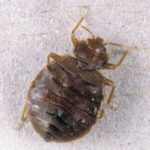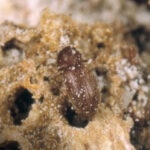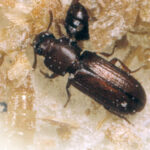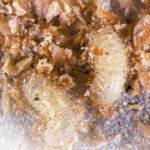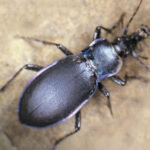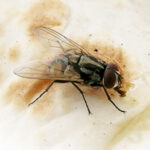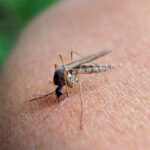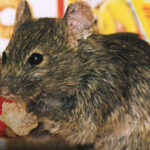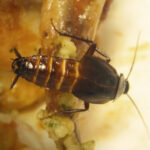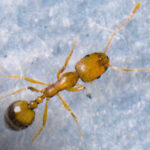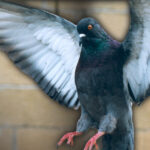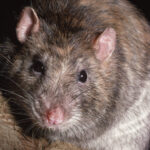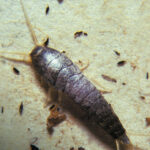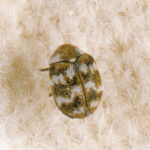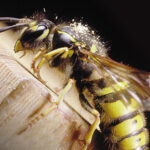Commercial Pest Control
We offer a wide range of pest control services to commercial premises in London. We are experts in ensuring safe working environments for staff and customers alike, tackling many types of pests. We’re proud to offer the finest commercial pest control solutions to help protect businesses across the capital.
- Pest control issues in the workplace are highly distressing and highly disruptive. This is why we offer one-day treatments, which swiftly rid the premises of pests and ensures that you can return to running your business as usual as quickly as possible.
- We also provide a rodent proofing service; a one-off treatment that, once rats and mice have been removed from the premises, prevents them from returning. It involves a meticulous investigation of their access points and the most effective ways of blocking them. It’s a highly-recommended service that gives clients peace of mind.
- Sometimes, one-off visits aren’t enough. It could be down to the location of your premises, or the nature of your business, or some other factor, but sometimes pests just keep returning. In which case, a fully comprehensive contract may be more appropriate. We’ll have regular visits scheduled and be at your beckoned call whenever the pests strike again.
- Pest control is also a high priority for schools and nurseries. Since pests carry diseases and contaminate food and surfaces, children simply aren’t safe if they’re in a school that has a pest problem.
- A pest control contract with us will ensure that kitchen and canteen areas are regularly monitored and kept pest-free, as a matter of priority. However, pests aren’t just a problem where food is concerned, so we also assess the wider grounds of schools and nurseries to make sure that health and safety standards are met. This is the most effective way of keeping pests away.
- Warehouses are particularly vulnerable to pest infestations, both because of how they operate and how they’re built. Firstly, warehouses tend to receive a vast number of deliveries every single day, and deliveries carry a high risk of introducing pests to the area. Secondly, warehouses are huge spaces with stockpiles of tools, products, and more – offering plenty of places for pests to hide and thrive. Warehouses also tend to have more access points than most buildings, making it easy for pests to enter.
- Our commercial pest control service involves examining any weak spots and access points where pests may be entering the premises. We also carry out extensive proofing measures to minimise the risk of pests entering, and catching them if they still happen to gain access
- Hygiene is always important, but arguably nowhere more so than in hospitals, surgeries, and clinics. In such institutions, it is essential to closely monitor the presence of any pests, and deal with any infestation promptly.
If your commercial premises is close to a number of other premises, especially those which serve food, then you’re at a high risk of developing a pest problem. This means that any pest infestation can spread like wildfire, with rats, mice, and other insects easily moving from one establishment to another through walls and pipework. If one restaurant or shop is overrun by pests, it’s almost certain that the adjacent premises will also be overrun before long.

